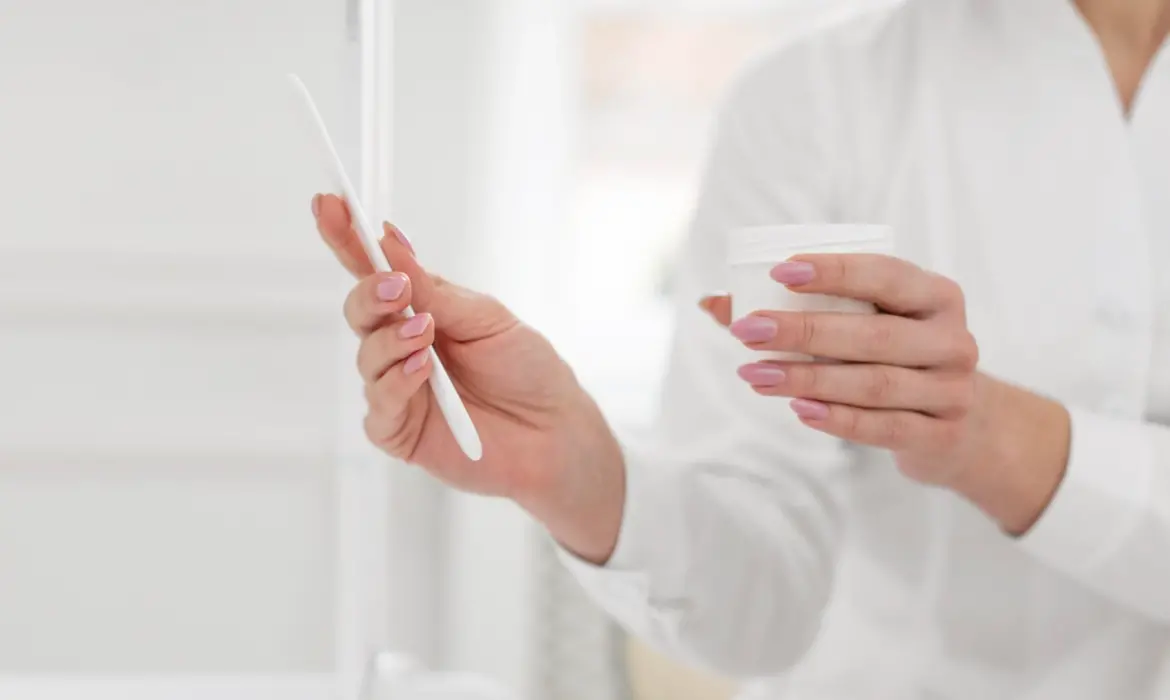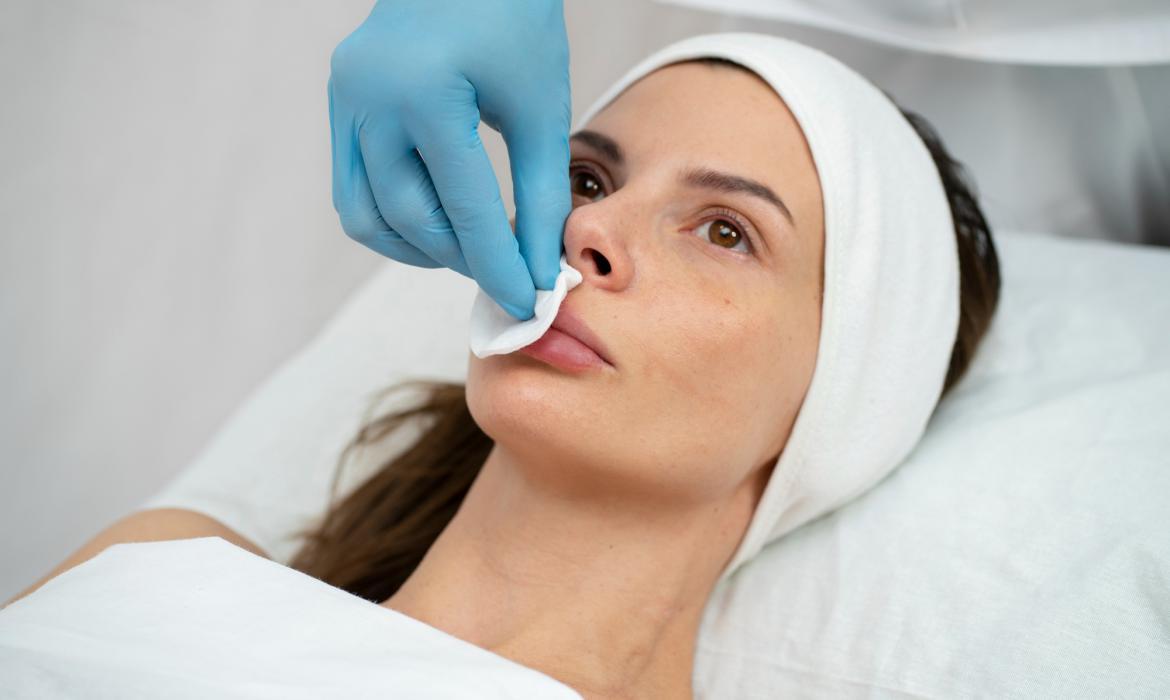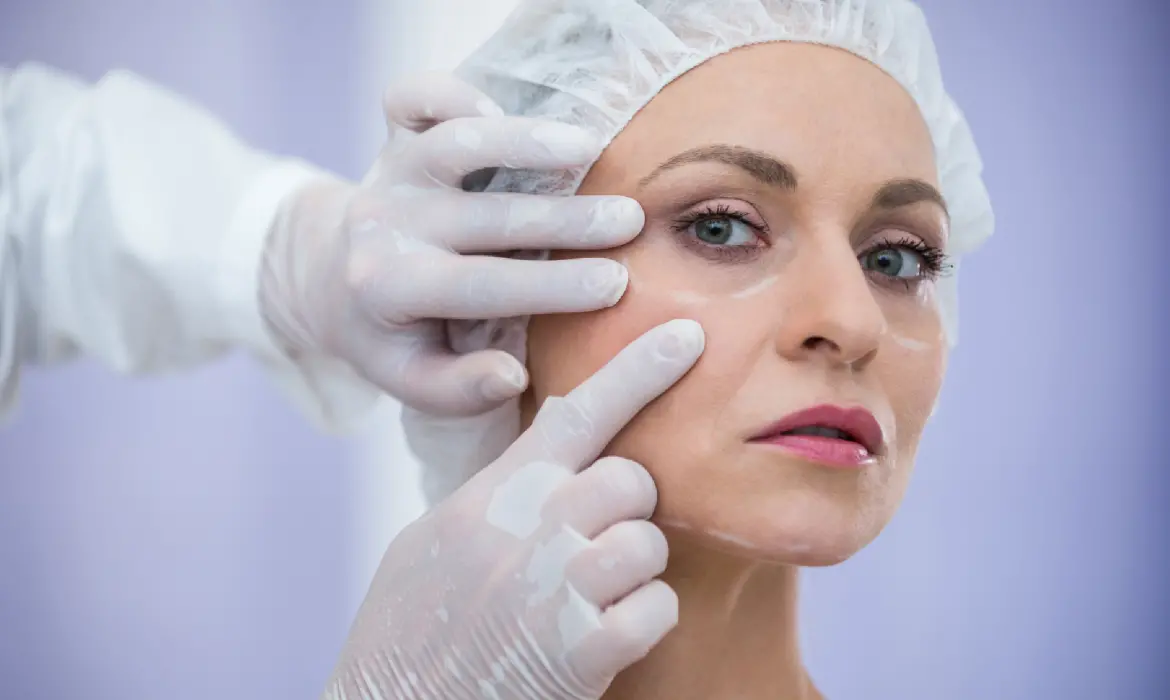Hair Mesotherapy

WHAT IS HAIR MESOTHERAPY?
General Information about Mesotherapy and Hair Mesotherapy
Mesotherapy is the administration of substances needed or lacking in the body or skin tissue through external injection with needles. These substances can include amino acids, vitamins, minerals, or medications. First and foremost, mesotherapy is not a miraculous treatment or a magic touch. However, mesotherapy treatment for existing hair or post-hair transplant supports the hair with the necessary minerals and vitamins it needs. In other words, mesotherapy treatment strengthens existing hair and acts as a supportive treatment after hair transplantation.
What is the purpose of Hair Mesotherapy?
The primary goal of hair mesotherapy application is to stop hair loss. Hair loss can occur due to various reasons in both men and women. Factors such as genetic structure, hormonal imbalances, nutritional deficiencies, and circulatory disorders can cause hair loss. If there is no clear underlying condition causing hair loss, mesotherapy can be performed. Hair mesotherapy primarily aims to slow down or stop hair loss.
The second goal of hair mesotherapy procedures is to give the hair a healthier and stronger appearance. The hair becomes shinier and thicker. Over time, hair can become lifeless due to nutritional deficiencies. In such cases, hair mesotherapy ensures that the hair receives the necessary vitamins and minerals up to a certain level. As a result, the second goal is to thicken, shine, and revitalize the hair. Hair mesotherapy can also be applied to strengthen and support transplanted hair follicles.
How are Mesotherapy treatment prices determined?
Mesotherapy treatment prices depend on the quality of the treatment to be administered. The amount of substance preferred (minerals, vitamins) in mesotherapy application affects the pricing.
Since the mezoterapy treatment the classical of the oral use of medicines will make it possibly the specific of the administration area and therapy the treatment from place is brought together.
Hair Mesotherapy How is it done?
First, the scalp is numbed with EMLA or a similar cream. Then, selected drug mixtures are administered into the skin in small doses using special needles and techniques. The dermis or hypodermis becomes a reservoir area where the active substance is slowly released towards the microcirculation route. Therefore, this is a regional-local therapy method.
Drugs and their characteristics used in Hair Mesotherapy
Special cocktails can be made with vitamins especially to help vitamin supplements and thus increase blood circulation to the scalp. Increasing the blood supply of the hair follicles helps them to nourish and develop better.
Hair growth mezotherapy uses different nutrients (such as biotin, hyaluronic acid and silica), vasodilators and androgen blockers. It is observed that the hair is growing again weeks after the first application, and the regions that were scattered after about six months were regenerated and replaced with normal hair.
There are benefits to hair mesotherapy
The superiority of this method over other classic medication treatments is that the drugs are used in small doses locally. The risk of side effects is minimal and the results are effective.
In other words, since the area of the disease is close to the area of application (for this reason, the drug has been given to a lower dose), the side effects of the drug are reduced to almost no. The drug goes directly to the disease area and increases the desired effect.
Mechanisms of Action and Treatment Purpose
These substances regulate keratin production by stimulating the development and renewal of hair at the dermal papilla level.
Vasodilators in the cocktail provide functional microcirculation and increase the blood supply of the hair follicles. Thus, it rejuvenates and makes the hair thick and shiny. Controls the mediator released from the nerve endings.
In addition, by affecting the immune unit, it tries to prevent the immune hair loss.
Vitamins and elements in the cocktail prevent hair loss; regulate sebum secretion and reduce dandruff formation, contribute with antioxidant properties.
The point reached in summary is; It is the use of drugs in small doses in regional. The risk of side effects is minimal and the treatment is much more effective.
Indications of Hair Mesotherapy
- In male pattern hair loss (androgenetic alopecia)
- Hair loss due to hair removal in temples
- Hair loss after childbirth
- Diffuse (general) shedding seen more in women
- Early treatment in men is more effective.
Mesotherapy Contraindications
Pregnant women, nursing mothers, immunological diseases, cancer patients, those on anticoagulant treatment are not suitable patients. In patients with diabetes, decisions are made according to the condition of the disease.
General Information
There are many other reasons for temporary and permanent hair loss. There are other reasons for this, such as alopecia, head diseases, trichotillomania, chemotherapy, androgen and the like. Diseases such as skin, skin, and some systemic diseases, skin cancers, chemical-thermal burns, diseases such as moles can cause irreversible hair loss. In these cases, the hair roots are completely damaged.
Can Hair Loss Be Slowed Down?
Hair transplant or hair transplant is the process of transplanting healthy and strong hair roots from a healthy area, usually from the back of the head, to a weak or absent area.
Hair transplantation is performed with follicular units in modern terms, using FUT and FUE methods. In the FUT method, a strip of scalp is taken from the back of the head and live hair roots are carefully separated from this strip in the form of follicular units.
The wound in the back of the head is closed with stitches and hidden in such a way that it will not be seen in the future.
In the FUE method, live follicular units are taken one by one from the back of the head. Since they are taken in a scattered manner, there is no visible scar on the back of the head. The method of transplantation is the same in both methods; After small channels are opened in the area to be transplanted, these follicular units are transplanted one by one.
A follicular unit can contain 1, 2 or 3 follicles. For example, if 1500 follicular units have been transplanted, it can be understood that approximately 3500-4000 hair follicles have been transplanted.



















